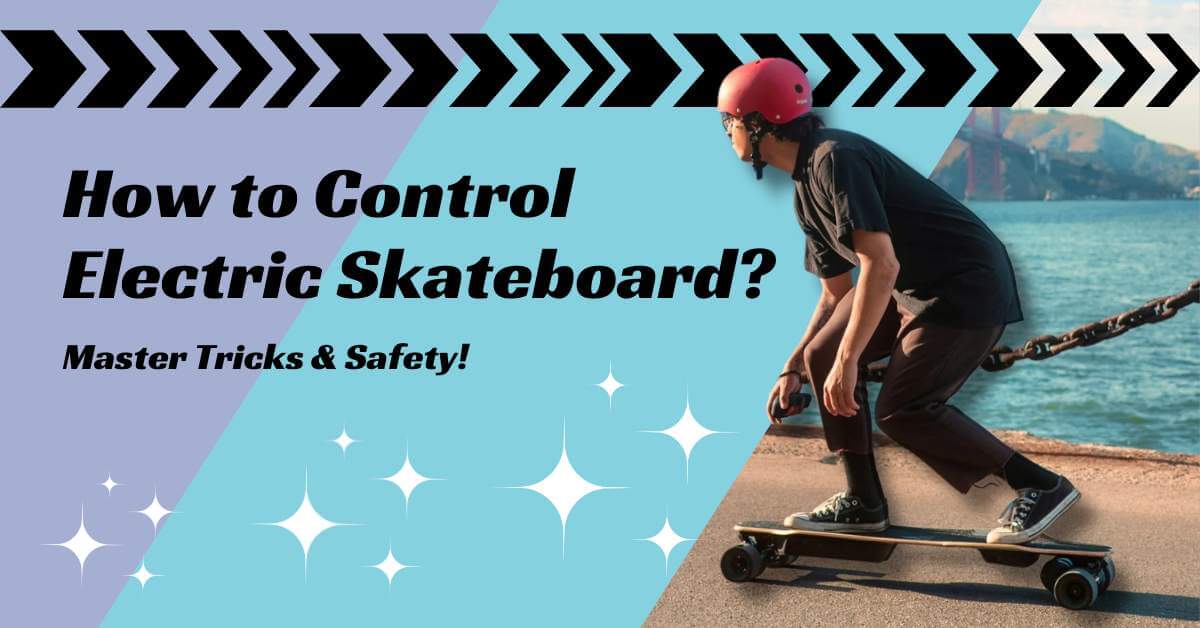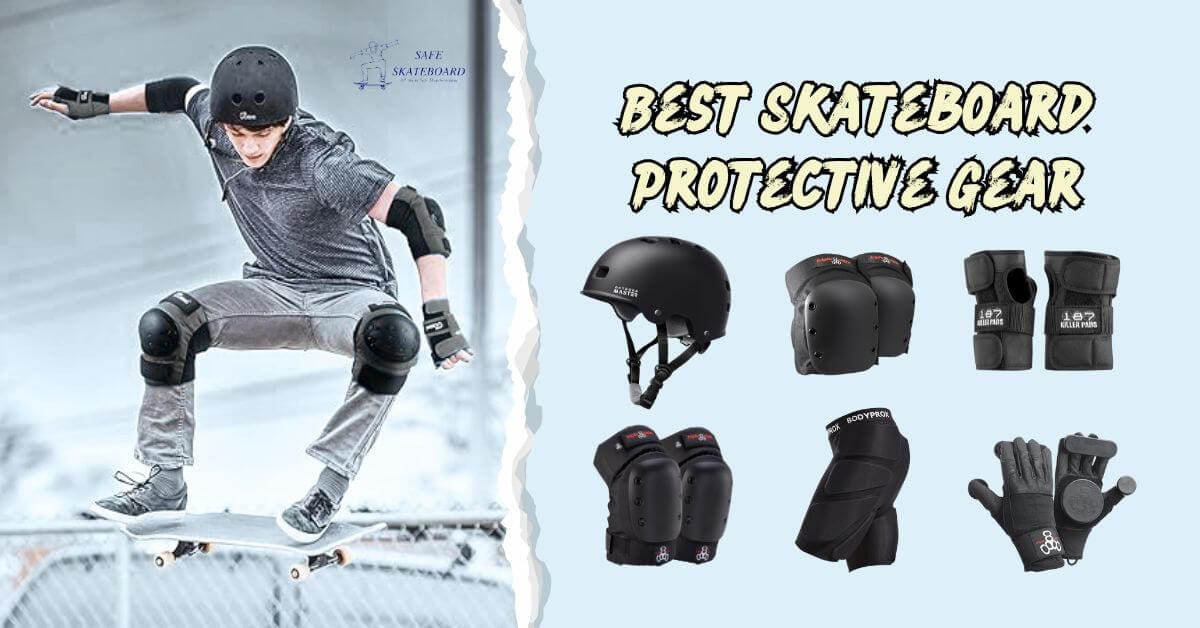To control an electric skateboard, use the handheld remote to accelerate, brake, and steer the board. Adjust the speed settings as needed for a smooth and safe ride.
When riding, maintain a firm grip on the remote and stay focused on the road ahead. Electric skateboards offer an exhilarating way to commute or have fun while enjoying the outdoors. Mastering the controls is essential for a safe and enjoyable experience.
Understanding how to control the speed and direction of the skateboard effectively is crucial for maintaining balance and maneuvering through different terrains.
I will explore the various aspects of controlling an electric skateboard. So, grab your electric skateboard, and let’s dive into the article.
Understand the Basics of Electric Skateboarding
Electric skateboarding has surged in popularity recently, offering a thrilling and eco-friendly mode of transportation for thrill-seekers and commuters alike.
In this blog post, I’ll delve into the basic concepts of electric skateboarding and provide essential tips on controlling an electric skateboard.
What Is an Electric Skateboard and How Does It Work?
Electric skateboarding has garnered immense popularity among enthusiasts of all ages.
The allure of effortless gliding and the adrenaline rush of high-speed cruising have contributed to the widespread appeal of electric skateboards.
Additionally, the convenience of compact designs and the ability to easily navigate urban landscapes have further propelled the popularity of electric skateboarding.
Why Are Electric Skateboards So Popular?
Electric skateboards operate on the principle of motorized propulsion, utilizing electric motors to drive the wheels and propel riders forward.
So, these boards are equipped with wireless handheld controllers that enable users to regulate speed and braking, offering a seamless and intuitive riding experience.
Understanding the fundamental concepts of acceleration, deceleration, and maneuvering is crucial for mastering the art of electric skateboarding.
Essential Safety Gear for Riding an Electric Skateboard
When it comes to riding an electric skateboard, safety should always be a top priority. Also, you can read whether electric skateboards are safe.
Equipping yourself with the essential gear can help prevent serious injuries and ensure a more enjoyable riding experience.
Here, I’ll discuss the critical safety gear you need to control your electric skateboard safely.
Must-Have: Helmet and Protective Pads
Wearing a helmet is non-negotiable when riding an electric skateboard. It provides crucial protection for your head in a fall or collision.
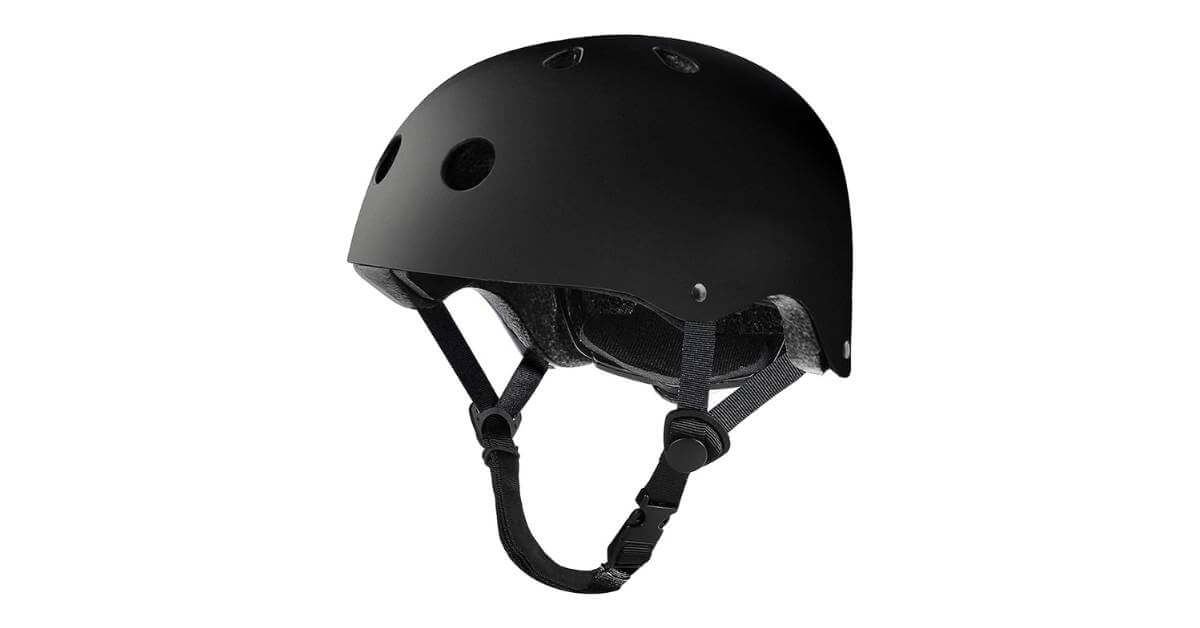
Look for a certified helmet designed for skateboarding and ensure it fits snugly and securely. In addition to a helmet, protective pads for your knees, elbows, and wrists are essential.
These pads can minimize the risk of abrasions, fractures, and sprains, especially for beginners learning to control their electric skateboard.
Additional Protective Gear for Extra Safety
In addition to the helmet and pads, several other protective gear can enhance your safety while riding an electric skateboard.
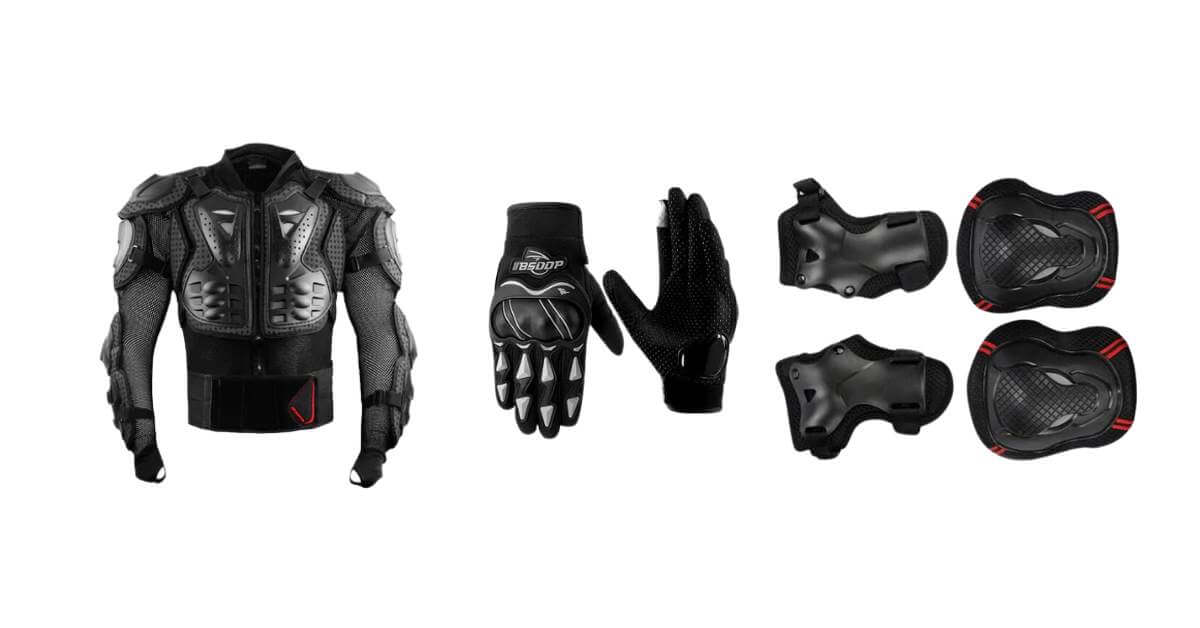
Gloves with wrist support can offer added protection in case of a fall, while impact shorts can help cushion your hips and tailbone.
Reflective clothing and lights are also crucial for visibility, especially if you plan to ride in low-light conditions or at night.
Investing in quality protective gear is an essential part of responsible electric skateboard riding.
Beginner Tips: How to Ride an Electric Skateboard
Mastering the fundamentals of riding an electric skateboard involves effectively controlling your board. Practice makes perfect, so start slow and gradually build your confidence and skill level. I’ll cover the basics of starting and stopping, balancing techniques, and more.
1. How to Start and Stop an Electric Skateboard
Starting and stopping an electric skateboard is relatively simple, but it’s important to do it correctly to ensure your safety. Here are the steps to follow:
- Step onto the skateboard with one foot.
- Push off with your other foot to gain momentum.
- Once you’re moving, place your other foot on the board.
- To stop, gently apply pressure to the brake with your back foot.
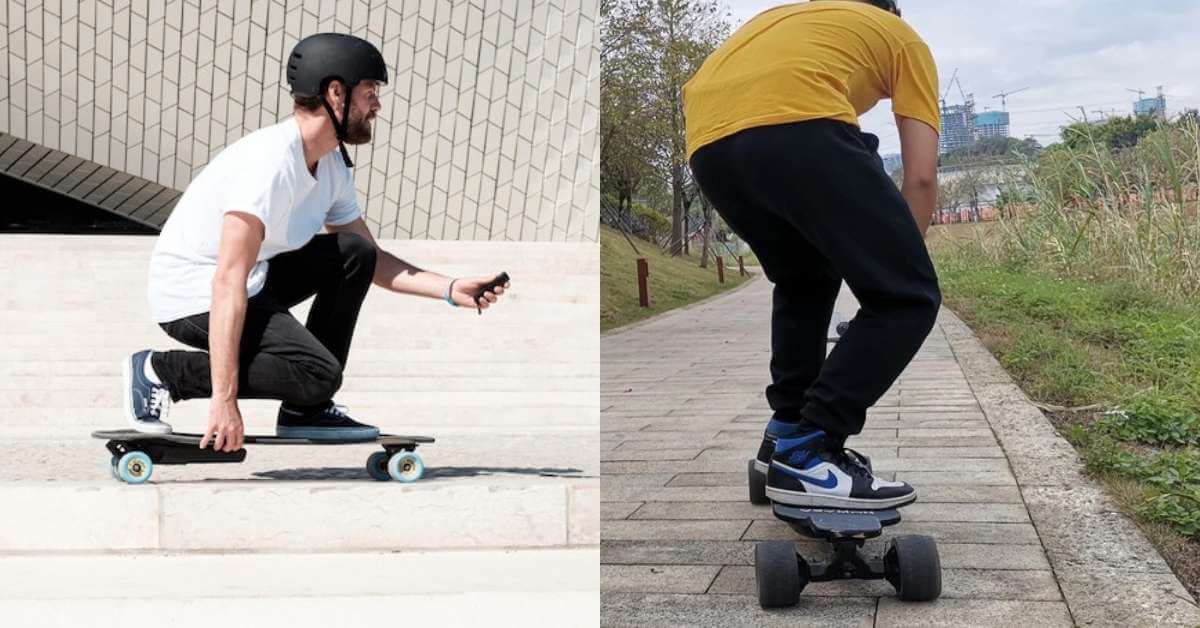
2. Balancing Techniques for Electric Skateboard Beginners
Balancing on an electric skateboard can be tricky, especially if you’re new to riding. Here are some tips to help you maintain your balance:
- Keep your feet shoulder-width apart.
- Bend your knees slightly to absorb any bumps in the road.
- Look ahead to anticipate any obstacles.
- Shift your weight slightly forward or backward to control your speed.
3. How to Turn an Electric Skateboard Smoothly
Turning on an electric skateboard is similar to turning on a regular skateboard. To turn, you’ll need to shift your weight in the direction you want to go. Here are some tips to help you make smooth turns:
- Start by shifting your weight slightly in the direction you want to go.
- Lean into the turn as you approach it.
- Use your shoulders to help guide your turn.
- Look in the direction you want to go.
Now that you know the fundamentals of riding an electric skateboard, you’re ready to hit the streets. Remember to always wear protective gear and follow traffic laws. With practice, you’ll be riding like a pro in no time.
Advanced Electric Skateboard Riding Techniques
Once you are comfortable with the basics of riding an electric skateboard, it’s time to level up your skills with some advanced riding techniques.
So, these techniques will help you control your electric skateboard with more precision, making your riding experience safer and more enjoyable.
1. Speed Control Tips for Better Performance
One of the most important skills to master when riding an electric skateboard is speed control. Also you should read the article, How Fast Do Electric Skateboards Go? You need to be able to slow down or speed up quickly and smoothly, depending on the situation. Here are some tips to help you:
- Lean forward to accelerate and lean back to slow down or stop.
- Use the remote control to adjust your speed.
- Practice braking by gradually slowing down and coming to a complete stop.
- Learn to foot brake by dragging your back foot on the ground to slow down.
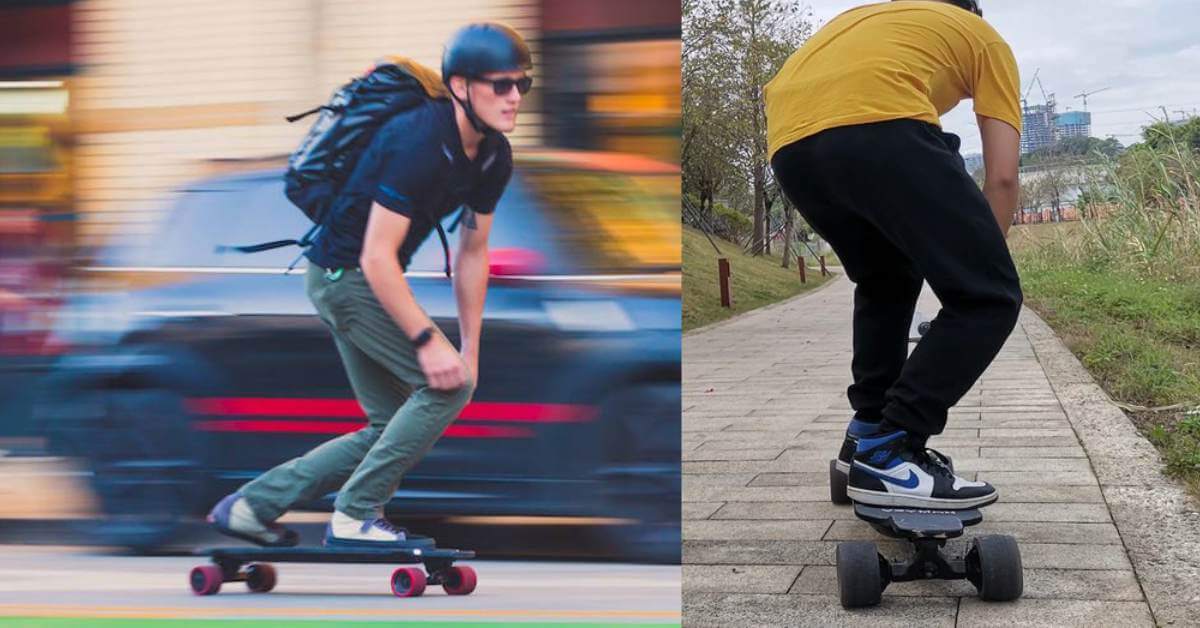
2. Turning and Maneuvering Like a Pro
Turning and maneuvering your electric skateboard requires a combination of balance, control, and coordination. Here are some techniques to help you:
- Lean in the direction you want to turn.
- Practice carving by making wide turns back and forth.
- Learn to pivot by lifting the front wheels and turning the board with your back foot.
- Master the kick turn by lifting the front wheels and pivoting on the back wheels.
With these advanced riding techniques, you can take your electric skateboard riding to the next level. Remember to always wear protective gear and practice in a safe, open area until you are comfortable with these techniques.
Maintenance Tips for Electric Skateboards
Maintaining your electric skateboard is crucial to ensure optimal performance and longevity. Here are some essential Maintenance Tips for Electric Skateboards to keep your ride smooth and safe.
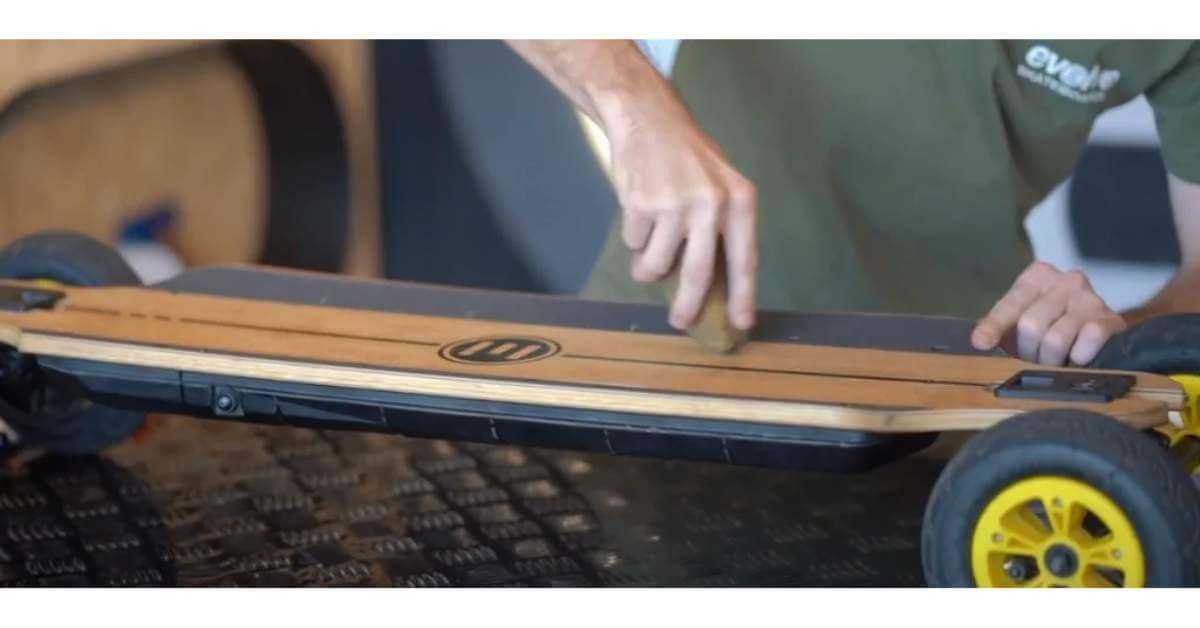
Routine Checks to Keep Your Board in Top Shape
Perform these regular checks to keep your electric skateboard in top condition:
- Inspect the wheels for wear and tear.
- Tighten any loose bolts or screws.
- Check the battery level before each ride.
- Clean the deck and grip tape regularly.
- Ensure the remote control is functioning properly.
Long-Term Care for Electric Skateboard Longevity
For prolonged durability, follow these care tips:
- Store your electric skateboard in a dry place.
- Avoid riding in wet or muddy conditions.
- Charge the battery according to the manufacturer’s instructions.
- Have the board serviced by a professional annually.
- Keep the bearings lubricated for smooth operation.
Electric Skateboard Safety Tips You Should Know
When riding an electric skateboard, safety should always be a top priority. By following essential safety practices, riders can minimize the risk of accidents and enjoy their experience to the fullest. Here are some crucial safety tips to keep in mind when using an electric skateboard.
How to Ride an Electric Skateboard in Traffic Safely
When riding in traffic, it’s important to remain vigilant and aware of your surroundings.

So, always stay in designated bike lanes or on the far right side of the road to allow vehicles to pass safely. Signal your intentions clearly and be mindful of pedestrians.
Additionally, wearing bright, reflective clothing and using lights on your skateboard can enhance your visibility, especially in low-light conditions.
What to Do in Case of an Emergency on Your Electric Skateboard
In the event of an emergency, knowing how to react can make a significant difference.
For instance, if you encounter a sudden obstacle or hazard, try to maintain your balance and steer clear of the danger.
Moreover, practicing emergency braking techniques and being able to swiftly dismount can help prevent collisions or injuries.
So, it’s also crucial to regularly inspect your skateboard for any signs of wear or malfunction to avoid potential emergencies.
Frequently Asked Questions
Can you control an electric skateboard without a remote?
Most electric skateboards require a handheld remote to control acceleration and braking. However, some models use apps or weight sensors, but these are less common. Always check your board’s manual to understand its control system.
What should I do if the remote disconnects while riding?
If your remote disconnects, many electric skateboards have a safety feature that gradually slows the board to a stop. Do not panic, try to regain balance, step off carefully, and reconnect the remote. Always test your connection before riding.
How do weather conditions affect control?
Wet or icy surfaces can reduce traction and make controlling your electric skateboard harder. Avoid riding in rain, snow, or wet areas, as it can damage electronics and increase the risk of slipping.
Is it harder to control an electric skateboard uphill or downhill?
Yes. Uphill rides require more motor power and may slow your speed, while downhill rides can increase speed rapidly. Use your remote to brake smoothly and lean back slightly to stay balanced on declines.
Can beginners learn to control an electric skateboard quickly?
Yes, most beginners can learn the basics within a few days with practice. Start slow in a safe, open area, and wear full protective gear. Gradually build your speed and turning skills over time.
Does rider weight affect how easy it is to control the board?
Yes. Heavier riders may notice slower acceleration and longer braking distances. Make sure your board’s weight capacity matches your weight to maintain smooth and responsive control.
How To Steer An Electric Skateboard?
To steer an electric skateboard, shift your weight and lean in the direction you want to go. Use the handheld remote to control speed and apply gentle pressure to the footpad for turning. Practice in a safe, open area before riding in traffic.
Can I Use My Phone To Control My Electric Skateboard?
Yes, you can control your electric skateboard using your phone. Simply download the compatible app and connect to your board via Bluetooth for easy control on the go.
Can You Ride An Electric Skateboard Without The Remote?
No, it is not safe to ride an electric skateboard without the remote control. The remote is essential for controlling speed and braking.
How Does An Electric Skateboard Remote Work?
The electric skateboard’s remote controls the speed and direction of the board wirelessly. Riders use buttons or a throttle to command the motorized wheels.
Final Words
So, hope you can understand how to control an Electric Skateboard. Mastering the art of controlling an electric skateboard is crucial for a safe and enjoyable ride.
By following the techniques discussed in this blog post, you can enhance your skills and confidence in maneuvering your board effectively.
Remember, practice makes perfect, so keep honing your skills and enjoy the thrill of electric skateboarding!
